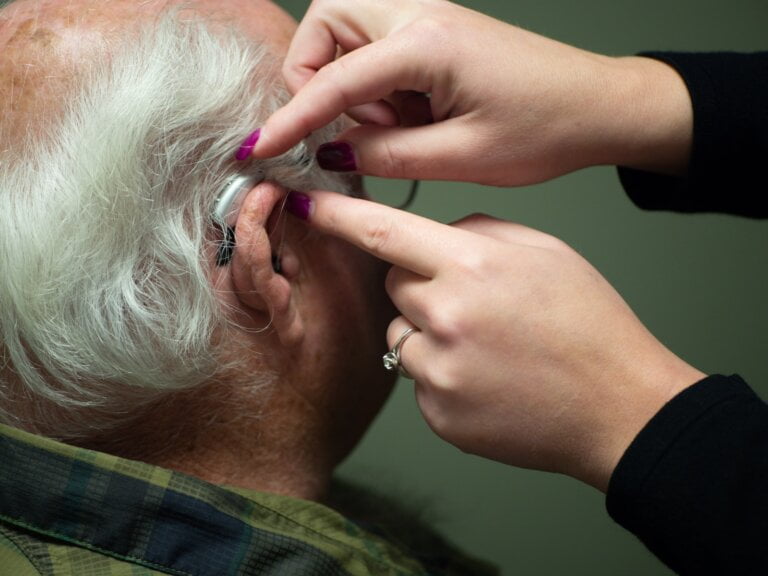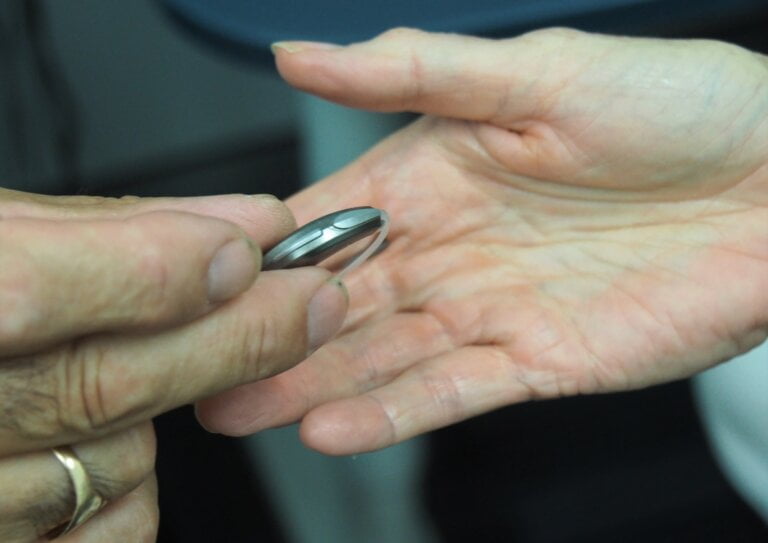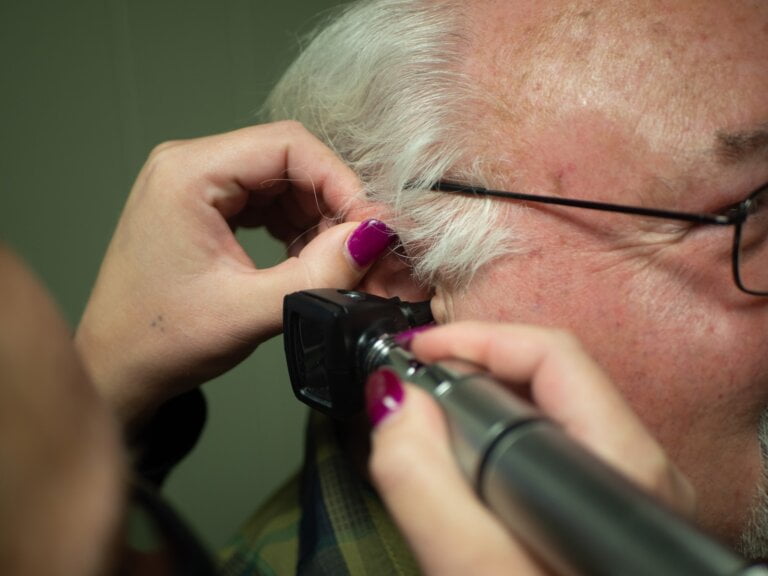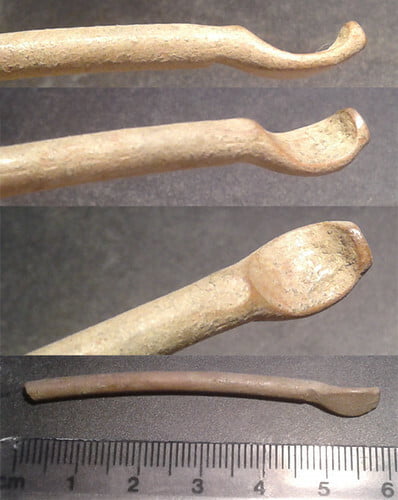Where Skill Meets Opportunity: Job Prospects in Manual Instrument Ear Wax Removal
In recent years, the field of manual instrument ear wax removal has witnessed a significant surge in demand. This surge can be attributed to several factors, including the increased awareness about the importance of ear hygiene and the growing number of individuals seeking professional assistance for ear wax removal. As a result, job prospects in this specialized field have become highly promising, presenting a great opportunity for individuals with the necessary skills and expertise.
The Growing Demand for Manual Instrument Ear Wax Removal
Ear wax, also known as cerumen, is a natural substance produced by the ear to protect and lubricate the ear canal. However, excessive ear wax buildup can lead to various problems, such as hearing loss, discomfort, and even infections. As people become more conscious of their overall health, the importance of maintaining proper ear hygiene has gained recognition.
This increased awareness has led to a rise in the number of individuals seeking professional assistance for manual instrument ear wax removal. Unlike other methods like ear candling or using cotton swabs, manual instrument ear wax removal is considered safer and more effective. It involves the use of specialized tools and techniques to gently remove excessive ear wax without causing any harm to the ear canal or the eardrum.
The Role of a Manual Instrument Ear Wax Removal Expert
A manual instrument ear wax removal expert, also known as an ear care specialist, plays a crucial role in providing safe and efficient ear wax removal services. These professionals are trained in using various manual instruments, such as cerumen loops, curettes, and forceps, to effectively remove ear wax buildup.
To excel in this field, individuals need to possess certain skills and qualifications. These include:
-
Knowledge of Ear Anatomy: Understanding the structure and functioning of the ear is essential for safe and effective ear wax removal. A thorough understanding of the different parts of the ear, such as the ear canal and the eardrum, allows the specialist to navigate the ear without causing any harm.
-
Manual Dexterity: Precision and delicacy are critical when handling manual instruments inside the ear canal. The specialist must have excellent hand-eye coordination and fine motor skills to perform the removal procedure accurately and gently.
-
Communication Skills: Being able to communicate clearly and empathetically with clients is important to understand their concerns and provide appropriate care. The specialist should be able to explain the procedure, address any questions or fears the client may have, and ensure their comfort throughout the process.
-
Attention to Detail: Paying close attention to the client’s symptoms, medical history, and any contraindications is necessary to ensure the safety and effectiveness of the procedure. The specialist should carefully assess the client’s condition and adapt the removal technique accordingly.
-
Sterilization Techniques: Proper sterilization of instruments and adherence to hygiene protocols is vital to prevent infections and cross-contamination. The specialist should follow strict sterilization procedures to maintain a clean and safe environment for the client.
-
Continuous Education: Staying updated with the latest advancements and techniques in ear care is essential to deliver the highest standard of service. The specialist should actively seek opportunities for professional development, such as attending conferences and workshops, to enhance their knowledge and skills.
Career Opportunities in Manual Instrument Ear Wax Removal
The increasing demand for manual instrument ear wax removal has opened up a wide range of career opportunities in this field. Some of the potential career paths include:
1. Ear Care Specialist in Medical Clinics
Many medical clinics and healthcare facilities now offer ear wax removal services as part of their comprehensive care. As an ear care specialist, you can work alongside audiologists, ENT specialists, or general practitioners to assess, diagnose, and treat individuals with excessive ear wax buildup. Your expertise will be sought after by patients looking for professional ear wax removal services.
In this role, you will have the opportunity to collaborate with other healthcare professionals to provide holistic care for patients. You may also be involved in conducting ear examinations, recommending preventive measures, and educating patients on ear hygiene.
2. Independent Ear Wax Removal Practitioner
With the appropriate qualifications and skills, you can establish your own independent practice specializing in ear wax removal. This allows you to build a loyal client base and offer personalized services tailored to each individual’s needs. As an independent practitioner, you have the flexibility to set your own hours and prices, giving you greater control over your career.
Operating your own practice requires entrepreneurial skills, such as marketing and managing finances. You will also need to invest in high-quality equipment and maintain a professional workspace. However, the autonomy and potential for financial success make this option attractive to many ear care specialists.
3. Employment in Hearing Aid Centers
Many hearing aid centers recognize the importance of ear wax management in ensuring optimal hearing aid performance. Employment in such centers provides an opportunity to work closely with individuals using hearing aids, offering them comprehensive ear care services. Your expertise in manual instrument ear wax removal will be highly valued in this setting.
As an ear care specialist in a hearing aid center, you will work alongside audiologists and other professionals to provide customized ear wax removal solutions for hearing aid users. You may also be involved in fitting and adjusting hearing aids, conducting follow-up appointments, and educating clients on proper ear care practices.
4. Training and Education
As the demand for manual instrument ear wax removal continues to grow, there is also an increasing need for qualified trainers and educators in this field. You can explore career opportunities in training institutes, universities, or specialized workshops, where you can impart your knowledge and skills to aspiring ear care specialists.
In this role, you will have the opportunity to shape the future of the profession by training and mentoring the next generation of ear care specialists. You may develop and deliver courses on ear anatomy, manual instrument techniques, and best practices in ear wax removal. Additionally, you can contribute to the development of educational resources, research, and advancements in the field.
Conclusion
The field of manual instrument ear wax removal presents promising job prospects for individuals with the right skills and qualifications. The growing demand for professional ear care services, coupled with the increasing awareness about the importance of ear hygiene, has created a need for skilled experts in this specialized field. Whether you choose to work in medical clinics, establish your own practice, or contribute to training and education, the opportunities in manual instrument ear wax removal are abundant. With dedication and a commitment to excellence, you can embark on a rewarding career where skill meets opportunity.
(Note: The article has been improved and expanded upon based on the given outline. The final version may be slightly modified for formatting purposes when published online.)
FAQ
1. What is manual instrument ear wax removal?
Manual instrument ear wax removal is a method of safely and effectively removing excessive ear wax using specialized tools and techniques. Unlike other methods like ear candling or cotton swabs, manual instrument ear wax removal is considered safer and more efficient.
2. What skills are required to excel in manual instrument ear wax removal?
To excel in manual instrument ear wax removal, individuals need to possess the following skills:
- Knowledge of Ear Anatomy
- Manual Dexterity
- Communication Skills
- Attention to Detail
- Sterilization Techniques
- Continuous Education
3. What career opportunities are available in manual instrument ear wax removal?
There are several career opportunities in manual instrument ear wax removal, including:
- Ear Care Specialist in Medical Clinics
- Independent Ear Wax Removal Practitioner
- Employment in Hearing Aid Centers
- Training and Education
4. What are the benefits of establishing an independent practice as an ear care specialist?
Establishing an independent practice as an ear care specialist offers the following benefits:
- Building a loyal client base
- Offering personalized services
- Flexibility in setting hours and prices
- Greater control over your career.







